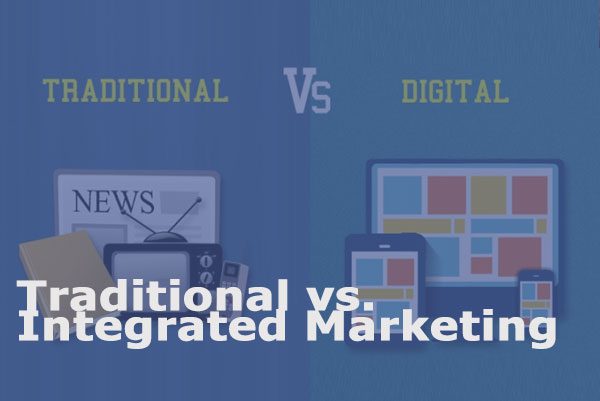Traditional vs. Integrated Marketing
Traditional vs. Integrated Marketing: Navigating the Maze
In today’s dynamic marketing landscape, understanding the difference between traditional vs. integrated marketing communications (IMC) is crucial for success. While both aim to reach target audiences and promote brands, their approaches differ significantly. Let’s embark on a journey to differentiate these two marketing philosophies.
Traditional Marketing: A Familiar Landscape
Traditional marketing relies on established channels like television, radio, print media, and outdoor advertising. This approach uses a one-way communication model, where brands push messages to a broad audience. While familiar and effective for reaching large groups, traditional marketing can be expensive, lack personalization, and offer limited tracking and measurement capabilities.
Integrated Marketing Communications: A Connected Ecosystem
IMC takes a holistic approach, integrating various marketing channels and activities into a seamless experience for the customer. It focuses on two-way communication, fostering engagement and building relationships.
The Pillars of Integration
- Strategic Planning: IMC starts with a well-defined strategy, aligning all marketing activities with business goals and target audiences.
- Channel Synergy: Different channels work together harmoniously, delivering a consistent message that resonates across all touchpoints.
- Customer-Centric Focus: IMC puts the customer at the center of all marketing efforts, creating personalized experiences and fostering loyalty.
- Data-Driven Insights: IMC leverages data and analytics to measure campaign effectiveness and make informed decisions.
Benefits of IMC
- Enhanced Brand Consistency: A unified message across all channels strengthens brand identity and builds trust with customers.
- Increased Customer Engagement: Two-way communication fosters deeper connections and drives higher engagement.
- Improved ROI: IMC maximizes marketing dollars by optimizing campaign performance and targeting the right audience.
- Greater Adaptability: IMC allows for flexibility and adaptation to changing customer behavior and market trends.
Challenges of IMC
- Requires Strong Collaboration: Breaking down departmental silos and fostering collaboration across teams is crucial for successful implementation.
- Data Integration: Integrating data from various sources can be complex and requires robust technology infrastructure.
- Measuring Effectiveness: Measuring the impact of an integrated campaign can be challenging and requires sophisticated analytics tools.
Choosing the Right Approach
The best approach depends on your specific business goals, target audience, and resources available. Traditional marketing can be effective for reaching a broad audience with a straightforward message, while IMC shines in building deeper customer relationships and driving engagement.
The Future of Marketing
The future belongs to integrated marketing. In an increasingly connected world, customers expect brands to deliver consistent and personalized experiences across all touchpoints. By embracing IMC and its powerful benefits, businesses can gain a competitive edge and thrive in the ever-evolving marketing landscape.
Remember: Understanding the differences and strengths of both approaches empowers you to make informed decisions and develop a strategic marketing plan that drives your brand towards success. So, explore the possibilities, embrace integration, and connect with your customers in a meaningful and impactful way.